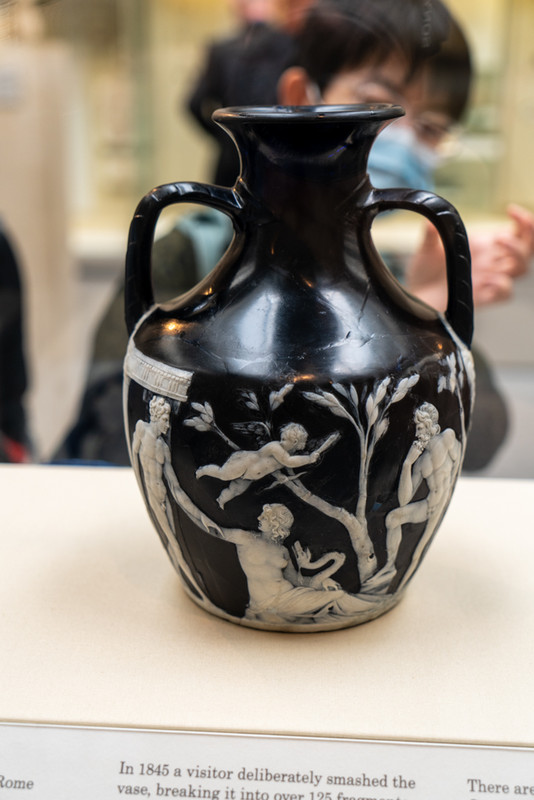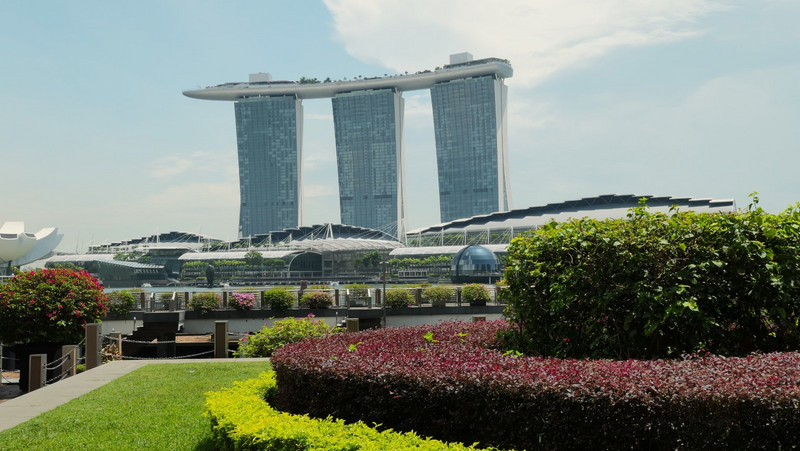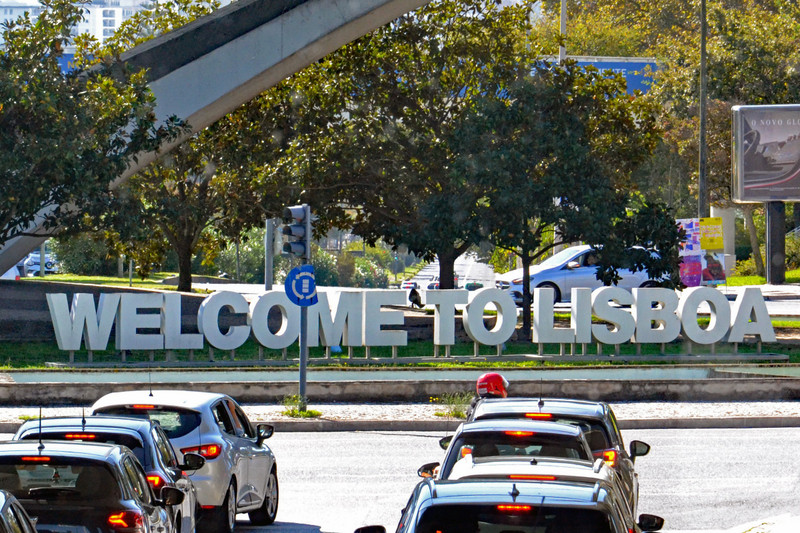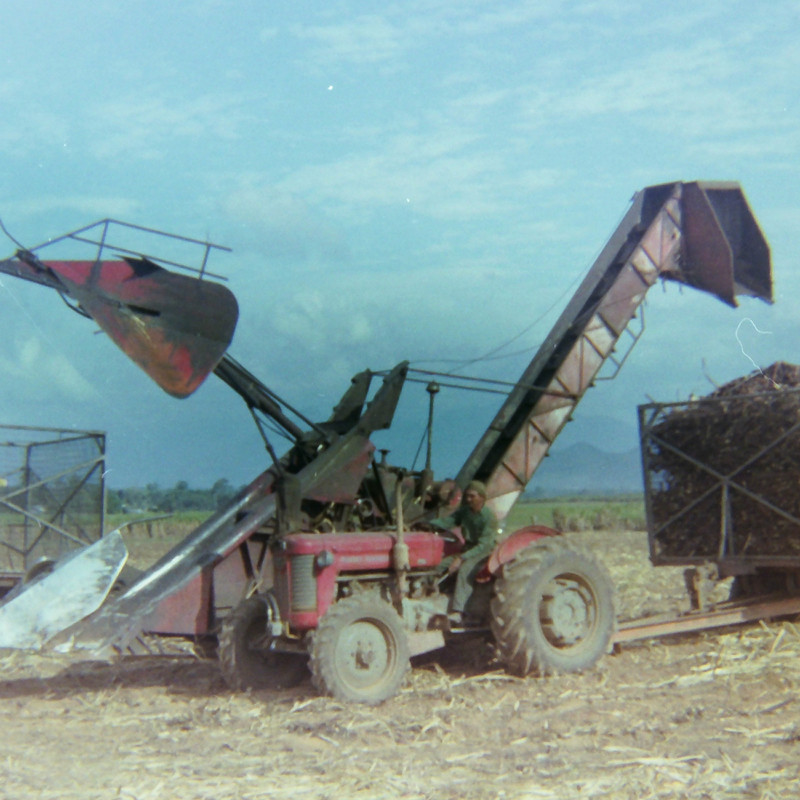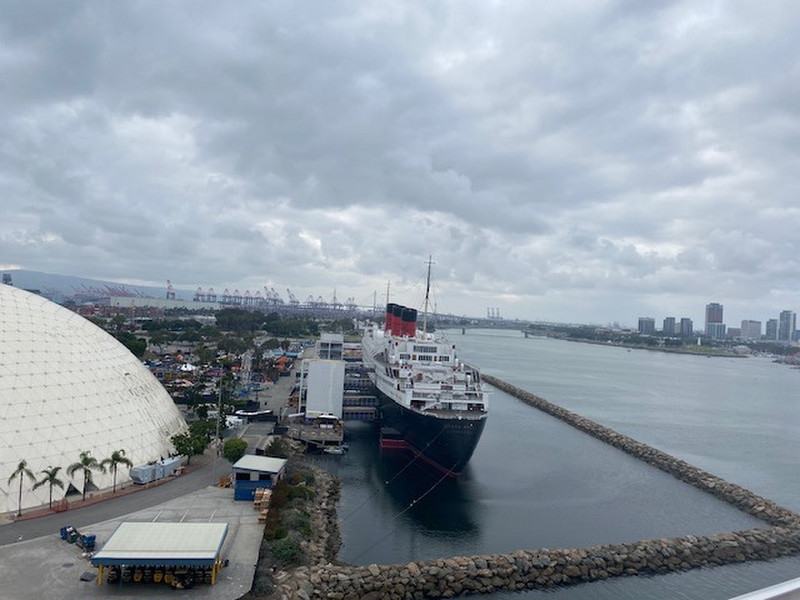On our second day in London our main target was The British Museum. This fabled collection has long haunted my imagination. From my two visits to the Parthenon, I well understood that I could not really envision the reality of the original Parthenon without seeing the marbles that formed the friezes and under the gables and pediments of that ancient shrine. The collection in London also includes one of the caryatids from the Erechtheum as well as pieces from the Propylaea and the Temple of Athena Nike. Better known, perhaps, is the Rosetta Stone that allowed translation of hieroglyphics.
The museum collection is It seems to be arranged more by date than by geography, which to me seemed somewhat startling. There is a large room filled with Egyptian sculpture near the bespoke Parthenon room, and then Egypt appears again on the upper level near the treasures from Sutton Hoo. Nonetheless, like a giant cabinet of curiosities, it eventually grabs you with its wonders.
We started with the Rosetta Stone, that storied piece of stone carved in rock during the Hellenistic Age (323 CE, dated from the death of Alexander the Great to the
the Battle of Actium, which began the Roman Empire period). It reports a decree issued in Memphis Egypt in 196 BCE. Its importance lies in the fact that with a few minor changes, it gives the same wording in three different languages: Demotic Egyptian, Hieroglyphic Egyptian, and Greek. Since Greek was well known, the stone allowed translation of hieroglyphics, which had until this time defied understanding. Although it originally was probably displayed in a temple near Sais, some hundreds of years later it was moved, eventually finding utility as building material near Rashid (Rosetta) in the Nile delta. There is was discovered by a French officer in Napoleons Egyptian campaign. In 1801 it devolved to the British when the defeated French signed the Capitulation of Alexandria. Since 1802 it has been on display in The British Museum, and is the most visited object in the Museum.
Two rooms away from the Rosetta Stone is the giant torso of Ramesses II has been said to have inspired the sonnet Ozymandias by Percy Bysshe Shelley. Modern scholarship suggests that he never saw it, although he may have been to him since it was not received in London until 2 years
after Shelleys sonnet However, Shelley may have known about it from news reports. It was internationally know even form its time in Luxor.
Another fascinating exhibit is a collection of artifacts found in the excavations at Sutton Hoo. This set of artifacts was retrieved from excavations carried out just before World War II at a site first discovered as an ancient ship burial, then later as a series of
cemetery sites. Its real importance lies in the fact that it offers information about the world which is without historical documentation.
In any discussion of museum collections such as this one must acknowledge the elephant in the room: much of what is displayed came to the museum under circumstances that are dubious at best. In some cases, the required result is obvious. If artworks were stolen during wartime and later sold by the thieves, then they should be restored to the original owners. Frequently, the buyers knew or should have known that the works were purloined and should not have purchased them. It much more difficult in other instances. The Parthenon marbles were collected from the Acropolis by Lord Elgin who claimed he had removed them from the Acropolis under a valid decree from the ruling Ottoman Empire, in control of Greece at that time They to be scattered there when the invading Venetians lobbed a shell into the Parthenon which the occupying Turks were using to store gunpowder, causing a massive explosion that severely damaged the building and sent the pieces of the frieze flying all over the hill.
